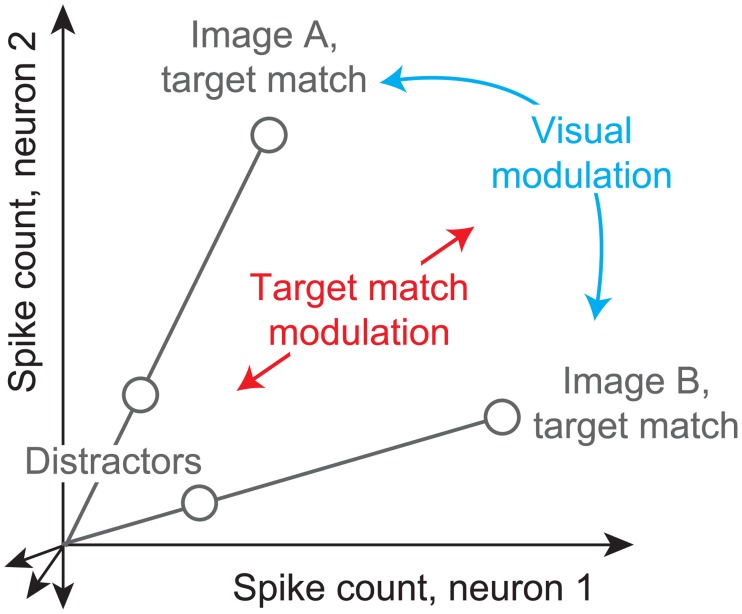Fig 1. Multiplexing visual and target match representations.
Shown are the hypothetical population responses to two images, each viewed (at different times) as target matches versus as distractors, plotted as the spike count response of neuron 1 versus neuron 2. In this scenario, visual information (e.g. image or object identity) is reflected by the population response pattern, or equivalently, the angle that each population response vector points. In contrast, target match information is reflected by changes in population vector length (e.g. multiplicative rescaling). Because target match information does not impact vector angle in this hypothetical scenario, superimposing target match information in this way would mitigate the impact of intermingling target match signals within underlying perceptual representations.

